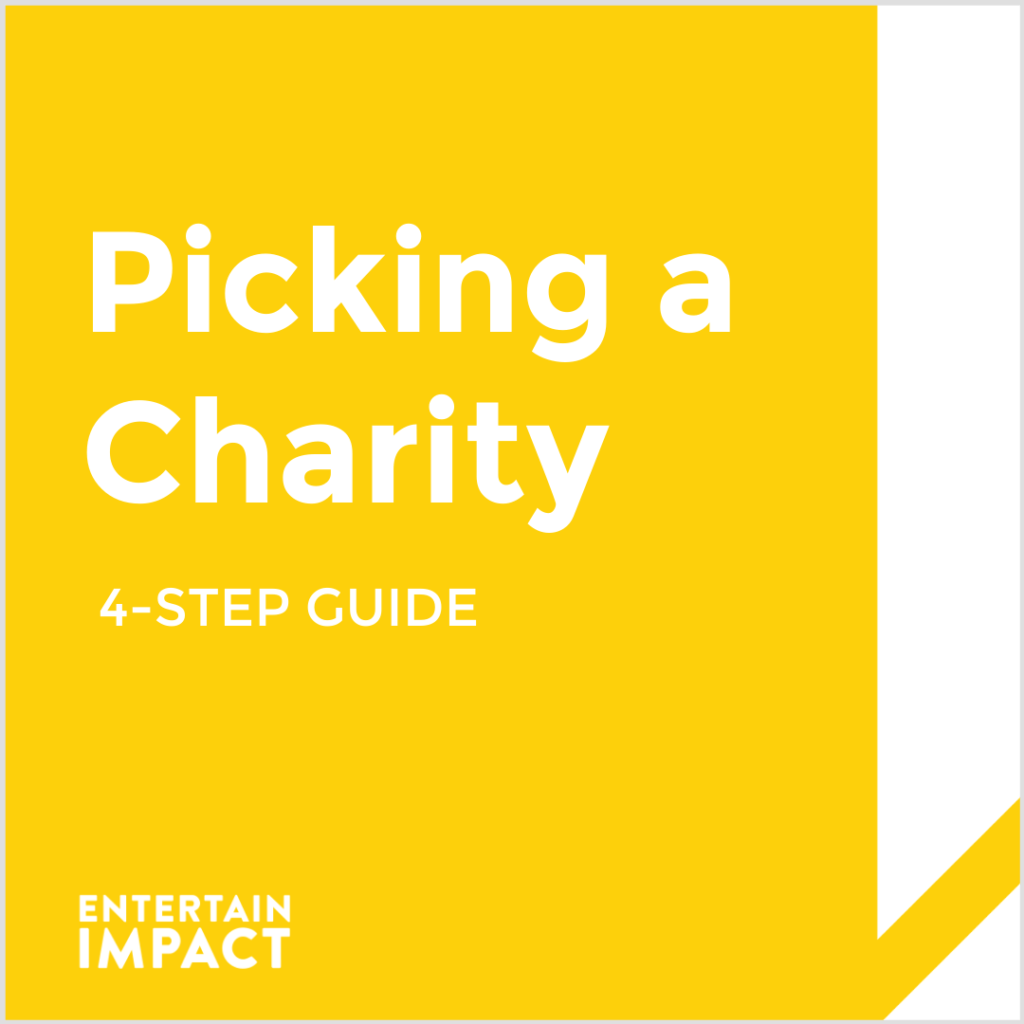An evaluation score can never truly represent a person’s full character, let alone tell us about the impact that a person has on the world around them. This is equally true for non-profits and foundations. So, as we head into the year’s most charitable season, it’s important to level-set on exactly what the current set of non-profit evaluation tools can (and can’t) tell us. First, let’s take a step back and review what the charity evaluator options are.
In the beginning, there was GuideStar
In the late 1990s, amid a digital boom and a culture shift toward immediate gratification and two-click research, GuideStar (now Candid) was launched as a central resource for non-profit financial reports. Essentially, the site provided basic IRS filing documents and 990 information. Initially, GuideStar’s primary role was to make it easier for people to vet organizations. Was this a real charity or a scam? Did they actually use the money in the way they said they would? These were the key questions GuideStar attempted to answer on behalf of donors.
Then came the Charity Navigator score
Shortly thereafter, Charity Navigator was launched circa 2000. Relying on much of the same Form 990 information, the non-profit assessment vehicle went a bit further by developing a ranked system to score nearly 10,000 non-profit organizations on a range of 1 to 4, 4 being the highest rating a charity could receive.
Although Charity Navigator also provides people a pathway to find non-profits whose missions are aligned with donors’ values, the site mostly focuses on financial health, accountability, and transparency, assessed by the measure of how much a charity’s income is spent on administration, fundraising, and other non-programmatic expenditures (commonly dubbed overhead costs).
At face value, this makes sense. As a donor, you want to know your donation is going directly to the program or person you care about, not marketing expenses and donor events. But is this really the best evaluation metric?
Is there a connection between low overhead cost and high impact?
A joint letter penned by the three leading sources of non-profit evaluations (GuideStar, Charity Navigator, and BBB Wise Giving Alliance) cautions that “the percent of charity expenses that go to administrative and fundraising costs—commonly referred to as ‘overhead’—is a poor measure of a charity’s performance.” The statement goes on to say that, “many charities should spend more on overhead,” which can include critical investments that charities must make for long-term health, viability, and effectiveness, such as investments in training, technology, planning, and infrastructure systems.
A renewed focus on impact
Enter GiveWell, which focuses less on an overhead ratio and more on effectiveness. For GiveWell, the driving question is, “Who is doing the most good per dollar?”
One of the ways GiveWell answers this question is by looking at a non-profit’s actual programs. Is the mission supported by academic research? In other words, is their programmatic solution the right one for tackling the problem at hand? The platform conducts its own research and recommends a handful of organizations each year based on a simple criterion: recommended organizations must be transparent and prove that their programs are cost-effective and scalable.
A sector-wide shift toward impact-based evaluations is currently underway, as signaled by resources like GiveWell as well as Charity Navigator’s promises of a revamped rating system that incorporates impact and results in its rating methodology.
In the meantime, it’s important for donors to realize the strengths and shortcomings of the platforms available today. Platforms like GuideStar and Charity Navigator can offer snapshots of financial accountability on tens of thousands of charities. While GiveWell’s research-backed, impact-focused approach is more in-depth, its system doesn’t scale in a way that allows people to conduct quick searches to identify specific non-profits that align with all of donors’ giving criteria (e.g. sector, size, location, impact, etc.).
So what can donors do today?
While we prefer the shift toward impact-focused charity evaluation systems, we have to operate in the world as it exists today. So here’s an approach we recommend you take when determining the right non-profit for you today:
The bottom line
Charity evaluators help donors do some due diligence when selecting a philanthropic organization to support. However, evaluations based on the percentage of funding that goes to programming versus tech infrastructure or management can overlook the larger scope of an organization’s work and impact.
The bottom line is that charity review platforms are a great starting point, but they’re not the be all end all when vetting a non-profit. So start with an evaluation or score, consider what it tells you, ask yourself what’s missing, and then dig into the organization’s website to get a better understanding of the full picture.
Happy Giving!
To stay up to date on the latest from Entertain Impact, subscribe to receive our emails and follow us on social media:
SIMILAR BLOGS:









